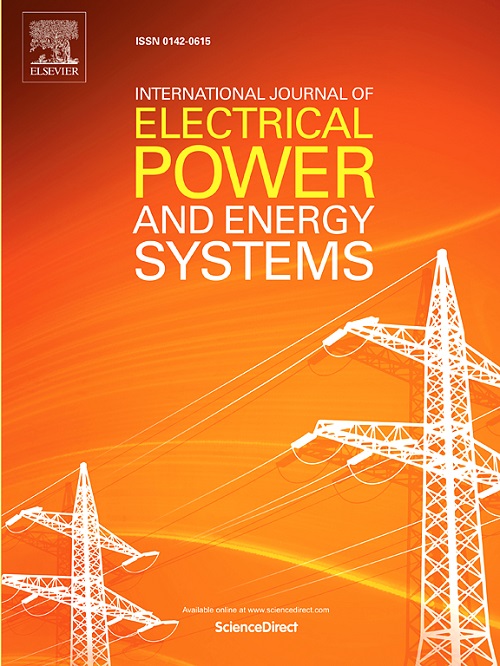基于边缘推理的可解释机器学习油浸变压器故障诊断方法
IF 5
2区 工程技术
Q1 ENGINEERING, ELECTRICAL & ELECTRONIC
International Journal of Electrical Power & Energy Systems
Pub Date : 2025-04-29
DOI:10.1016/j.ijepes.2025.110647
引用次数: 0
摘要
基于溶解气体分析的智能诊断模型是油浸式变压器故障诊断的关键。然而,这些模型固有的“黑箱”性质限制了可解释性,并且将本地数据上传到中央服务器的传统方法引起了数据安全问题。为了解决这些问题,本研究提出了一种可解释的边缘部署故障诊断模型。首先,提出了一种基于实域粗糙集理论的滤波特征提取算法,优化模型输入前的特征提取;实验结果表明,该算法提高了模型性能,缩短了边缘处的推理时间。其次,使用Newton-Raphson优化器自动调整极端梯度增强的超参数。与其他诊断方法相比,该模型具有较高的分类效果精度。在边缘端推断之后,采用SHapley加性解释方法分析特征对诊断结果的影响,利用SHAP值可视化不同特征气体对故障类型的重要性。最后,通过实际案例验证了模型的鲁棒性、可靠性和可解释性,为变压器运行维护提供了实用的见解。本文章由计算机程序翻译,如有差异,请以英文原文为准。
An interpretable machine learning method for fault diagnosis of oil-immersed transformers based on edge inference
Intelligent diagnostic models using dissolved gas analysis are crucial for oil-immersed transformer fault diagnosis. However, the inherent “black box” nature of these models limits interpretability, and traditional methods that upload local data to central servers raise data security concerns. To address these issues, this study proposes an interpretable fault diagnosis model for edge deployment. First, a filtered feature extraction algorithm based on real domain rough set theory is proposed to optimize feature extraction before model input. Experimental results demonstrate that this algorithm enhances model performance and reduces inference time at the edge-end. Second, the hyperparameters of Extreme Gradient Boosting are automatically tuned using the Newton–Raphson optimizer. Compared with other diagnostic methods, the proposed model yields superior classification effect accuracy. Following edge-end inference, the SHapley Additive exPlanations method is employed to analyze feature impact on diagnostic results, visualizing the significance of different characteristic gases for fault types using SHAP values. Finally, the model’s robustness, reliability, and interpretability are validated through real cases, providing practical insights for transformer operation and maintenance.
求助全文
通过发布文献求助,成功后即可免费获取论文全文。
去求助
来源期刊
CiteScore
12.10
自引率
17.30%
发文量
1022
审稿时长
51 days
期刊介绍:
The journal covers theoretical developments in electrical power and energy systems and their applications. The coverage embraces: generation and network planning; reliability; long and short term operation; expert systems; neural networks; object oriented systems; system control centres; database and information systems; stock and parameter estimation; system security and adequacy; network theory, modelling and computation; small and large system dynamics; dynamic model identification; on-line control including load and switching control; protection; distribution systems; energy economics; impact of non-conventional systems; and man-machine interfaces.
As well as original research papers, the journal publishes short contributions, book reviews and conference reports. All papers are peer-reviewed by at least two referees.

 求助内容:
求助内容: 应助结果提醒方式:
应助结果提醒方式:


